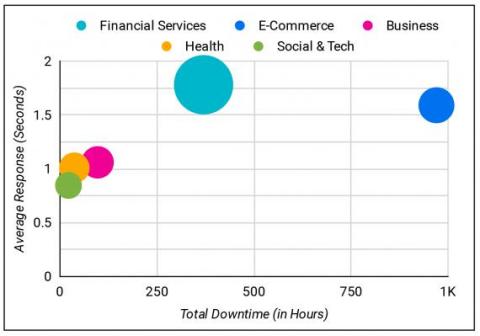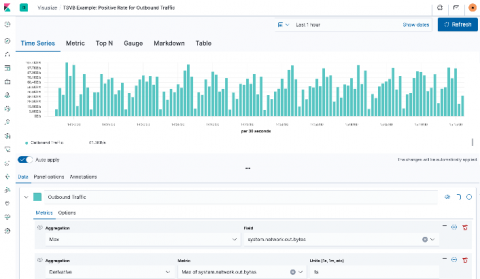HoneyByte: Incremental Instrumentation Beyond the Beeline
“It turns out,” said Liz, “it was not a giant pile of work to start adding those rich instrumentation spans as you need them.” Liz Fong-Jones was telling dev.to’s Molly Struve about an error she encountered while trying to update her dev.to profile. When she entered honeycomb.io into the Employer URL field, the app responded with an angry red box...









